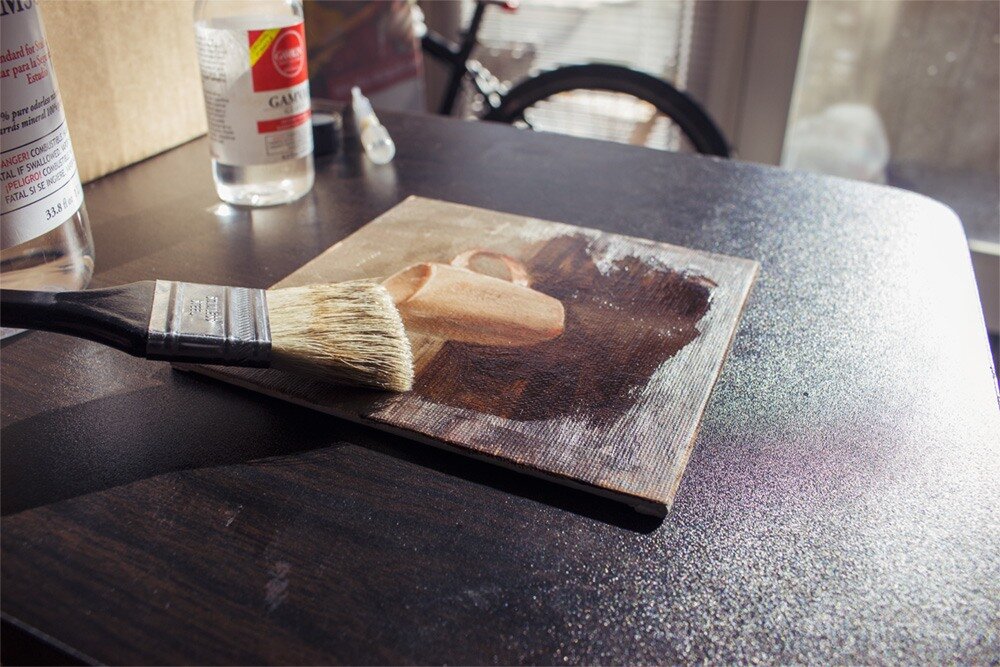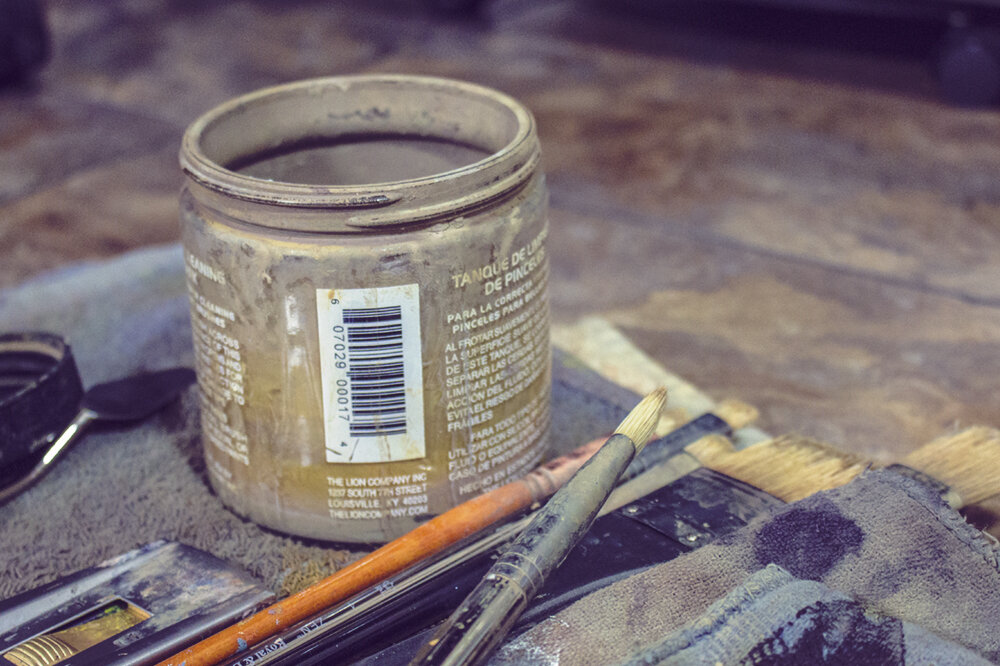I Made 58 Paintings in One Month - What I Learned
This month was a month full of focus and painting for me. I somehow created 58 paintings - almost 2 per day, while still working a day job. I’ll share what I learned, my process, experiments, and results for this month of focused painting.
How to Create the Perfect Watercolor Painting Color Palette
Choosing colors to use for you palette can be a daunting task - especially for beginners - but it’s essential for growth and creating the paintings you wish to paint.
My First Decade of Painting - 10 Years in Review
I started painting while in my second year of college during a Color & Composition class. We had an assignment where we had to create multiple pieces with each one being done in a different medium.
5 Things I Learned from One Year of Watercolor Painting
Watercolors are one of the most challenging painting mediums out there - Unforgiving and mysterious. Feared by many, including myself. Then one day I finally decided to take them more seriously and try to harness their powers. It all started a year ago.
Learn How to Paint a Mountain Landscape with Watercolors
I painted this watercolor from a photograph that I took on a trip to Alaska in early May. This particular scene is of some mountains near the Denali Park Entrance.
Exploring Color with an Expanded Painting Palette
I've always thought, 'what's the point of using and lugging around 10+ tubes of color when I can just use a limited palette and mix my own colors from just 3-5 main colors?'. And for the last 5-6 years of my painting career, I have relied heavily on a limited palette of red, yellow & blue to create 95% of my paintings. But things are changing - and I have decided to explore color more deeply in the hopes of creating paintings with stronger color moving forward.
Overcoming the Fear of Painting
I've had many artists over the last few years of my time on YouTube contact me with questions and concerns regarding fear and painting. Most of them were fearful to even begin a painting at all. They would tell me that the blank canvas was intimidating and they were afraid of not creating a great painting, so instead of giving it a go - they never started. This type of fear and level of perfectionism can be quite damaging to your art career or journey. I'd like to give you a few tips to help you overcome this fear so you can start creating and progressing with your art.
Overcoming Painting Challenges in a Tiny Studio
Since September 2013, I have been living in a 420 square-foot apartment [with a loft] with my girlfriend. As you can imagine, this has been quite challenging for me to create paintings, store all my materials in roughly a 7x7 foot corner of the living space, and still not encroach upon my girlfriend's space or the rest of the living area. And if that isn't bad enough,
Gamvar Varnish and Acrylic Paintings
After I wrote a recent post about Varnishing Oil Paintings with Gamblin Gamvar, I received some questions regarding how to varnish acrylic paintings. I don't really work with acrylics anymore but I do have some acrylic paintings laying around from a few years ago. So, I decided to experiment with a small painting - my first still life painted from life. On Gamblin's site it states that Gamvar can be used on oil and acrylic paintings and that Gamvar can be easily removed with Gamsol in the future when needed.
Varnishing Oil Paintings with Gamblin Gamvar
In the last few days I've been varnishing all of the paintings I've done in the last one and half years since I began using oil paints. Most of the paintings are small in size, 6x8s or 5x7s but I also have some 12x16s - and just recently within the past month or two I've begun painting larger - 18x24, 20x20, and 24x36. But I started out only varnishing the smaller paintings because I wasn't sure how to go about it.. and the reason is because if you search "varnishing oil paintings" online, you will come across so many different explanations and solutions and problems that you will cry and never want to ever varnish your paintings. But since I don't want you to cry, I will share with you my process of varnishing my oil paintings with Gamblin's Gamvar.
What I Learned from Copying a John Singer Sargent Painting
At the end of May, I took a vacation out to the east coast to visit my family and while I was there I was able to go to Washington DC and check out the National Gallery of Art for the first time and saying it was amazing is an understatement. You can check out some footage I filmed while in the museum here: https://www.youtube.com/watch?v=YV7qwJzaZOQ
After returning home, my girlfriend decided she wanted a print of one of the Sargent paintings she fell in love with and saw at the museum, so we surfed the net and couldn't find any good prints of this painting unfortunately. I suggested that I could attempt to paint it since I had been wanting to paint something larger. This way, she gets what she wants to some extent and I get to learn from attempting to copy a Sargent - win-win situation.
Oil Painting Clean Up - My Process
When painting with oils, I usually use Gamsol Odorless Mineral Spirits [or Eco-Solve] in a Silicoil Brush Cleaning Tank to occasionally clean off my brush to apply fresh color to the painting I'm working on.
Transitioning from Acrylics to Oils
My transition from acrylics to oils was at times frustrating and a bit awkward but in the end it was a natural transition that was necessary for the way I paint and for taking my art to the next level.
Still Life Painting Experiment with Light Temperature
I painted the same still life 5 times with different lighting and canvas sizes. I probably could've painted this with more drastic changes, such as moving the light source to the right, etc.. but I felt these subtleties would be more interesting and consistent.















